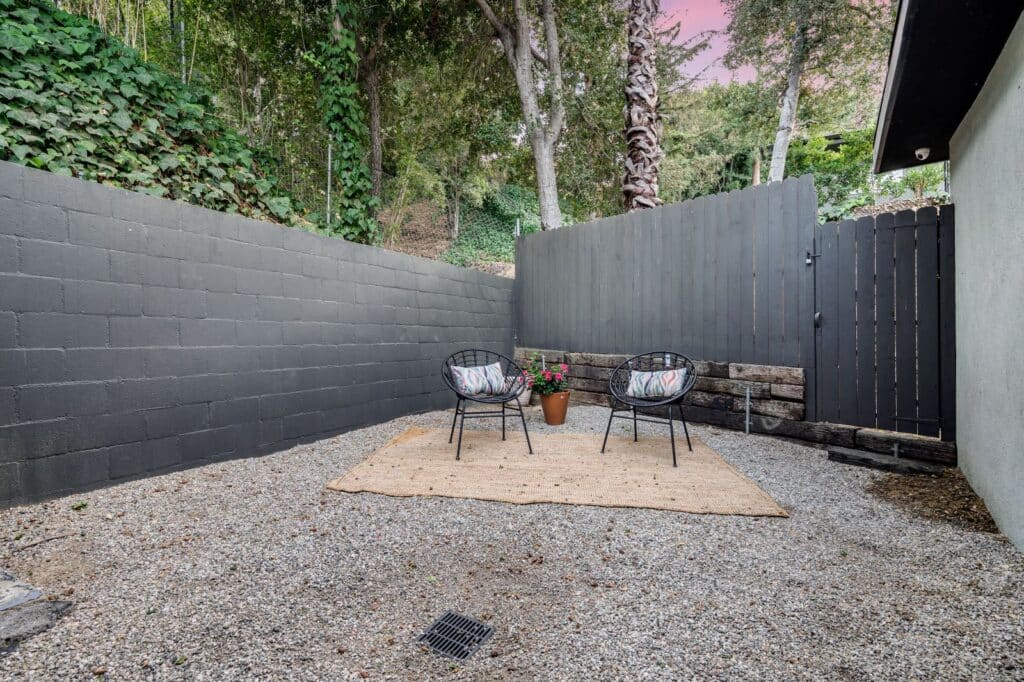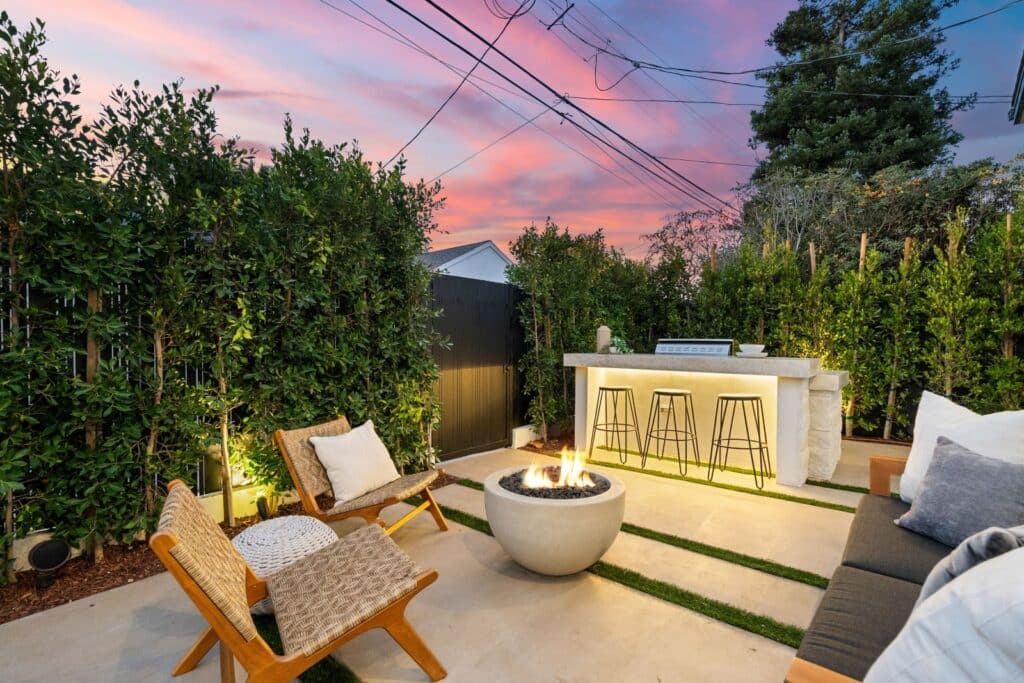Designing a desert landscape in Scottsdale might seem like a no-brainer—throw down some rocks, add a few cacti, and boom, everything looks good. Right? Not so fast. While xeriscaping is an innovative, sustainable way to landscape in the Sonoran Desert, there are a ton of easy-to-miss pitfalls that can turn your low-maintenance dream into a dusty disaster.
At Rising Tide Landscapes, we’ve seen the good, the bad, and the truly bizarre when it comes to desert landscaping in Scottsdale. In this guide, we’ll share the top desert landscaping tips and the mistakes to absolutely avoid when crafting your arid oasis.
Mistake #1: Choosing the Wrong Plants for the Desert Climate
Just because a plant looks like it belongs in the desert doesn’t mean it thrives here. One of the biggest xeriscaping mistakes is picking greenery that isn’t truly drought-tolerant or heat-resistant.
What to Do Instead:
- Choose drought-tolerant plants like agave, desert spoon, penstemon, and brittlebush.
- Do your homework before shopping—labels can be misleading.
Avoiding the wrong plants for desert climate is step one in setting yourself up for long-term success.
Mistake #2: Overwatering Desert Plants
Believe it or not, you can kill a cactus with kindness. Overwatering desert plants leads to root rot, fungus, and pest infestations.
Fix It With:
- A drip irrigation system designed for low-water plant placement
- Smart timers and weather-based irrigation systems
Your plants need hydration—but not a spa day.
Mistake #3: Poor Soil Preparation
You wouldn’t build a house on quicksand—so why plant in compacted clay or sandy, nutrient-poor dirt?
How to Avoid This:
- Address desert soil issues with compost or soil conditioners
- Loosen the soil at least 12–18 inches deep before planting
- Test drainage by digging a hole and filling it with water. If it doesn’t drain within an hour, you’ve got work to do
Ignoring prep leads to water pooling, suffocating roots, and unhappy plants.
Mistake #4: Flat, Featureless Design

Don’t let your yard become a beige wasteland. A flat lot with only gravel and one lonely cactus is the fastest route to boring.
Design Like a Pro:
- Incorporate mounds and boulders for height and movement
- Layer plants by size and texture
- Use curved beds and natural flow lines
Good desert landscape planning is about form and function.
Mistake #5: Forgetting Drainage
Water is rare in the desert—but when it rains, it pours. If your landscape can’t handle runoff, you’re in trouble.
Avoid This By:
- Creating natural swales or dry creek beds
- Grading your yard away from your home
- Installing French drains or underground piping where necessary
Poor drainage in arid yards is a major culprit of long-term damage.
Mistake #6: Using Too Much Rock
Yes, we said it. While gravel and decomposed granite are desert staples, too much can make your yard feel like a gravel pit and bake your plants alive.
Smart Rock Usage:
- Mix in groundcover plants, mulch, or living areas
- Use rocks as accents—not the entire design
- Combine with water-permeable hardscapes to soften the look
Your landscape design should be practical and inviting.
Mistake #7: Ignoring HOA or City Guidelines
Scottsdale loves a beautiful yard—but they also love rules. Never forget to account for HOA restrictions or city water-use laws.
Play It Safe:
- Check your community’s CC&Rs before making changes
- Use approved plant lists and materials
- Work with professionals who know what flies and what doesn’t
No one wants to redo their yard because of a technicality.
Mistake #8: Not Planning for Shade
Sun is abundant—but shade is priceless. Forgetting to plan for shaded areas can make your yard uncomfortable, especially during summer.
Add Comfort With:
- Native trees like Palo Verde or Mesquite
- Shade sails or pergolas
- Well-placed boulders or walls that cast a natural shadow
Smart planning balances sun and shade.
Mistake #9: Going It Alone Without a Plan
Winging your way through a yard makeover often leads to wasted time, money, and regret. Professional help ensures your ideas are realistic, compliant, and actually beautiful.
Work With Experts:
- Get a custom plan based on your space and goals
- Understand water flow, plant zoning, and local climate factors
- Avoid costly trial-and-error with help from landscape design pros
Want a Yard That Works (and Wows)?

Let’s skip the costly mistakes. At Rising Tide Landscapes, we know exactly how to make desert landscapes thrive in Scottsdale. Our team helps you choose the right plants, prep the soil, plan for water flow, and build a yard that’s both sustainable and stunning.
No gravel overload. No HOA drama. Just smart, efficient, desert-savvy design that looks good all year long.
FAQ: Common Questions on Desert Landscaping in Scottsdale
Can you mix desert and tropical plants in your landscape?
You can—but it requires careful planning. Tropical plants need significantly more water and shade, so mixing them with desert plants may lead to uneven results and watering conflicts. If you love the tropical look, consider mimicking the vibe with drought-tolerant plants that offer bold leaves and bright blooms.
What’s the best time of year to start a desert landscape project in Scottsdale?
Late fall to early spring is ideal. The cooler temperatures reduce plant stress and give your drought-tolerant plants time to establish before Scottsdale’s summer heat arrives. It’s also easier to work the soil and set up irrigation systems without fighting the blazing sun.
Up Next: Turf by the Pool?
Thinking of going synthetic near your splash zone? Don’t miss our final article: Synthetic Grass for Poolside Areas in Scottsdale: Is It a Good Idea?
